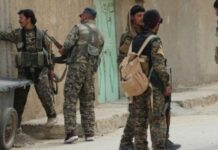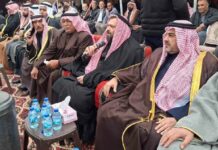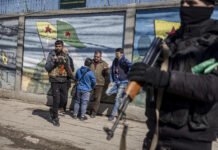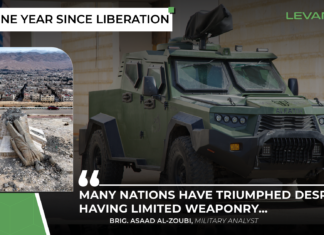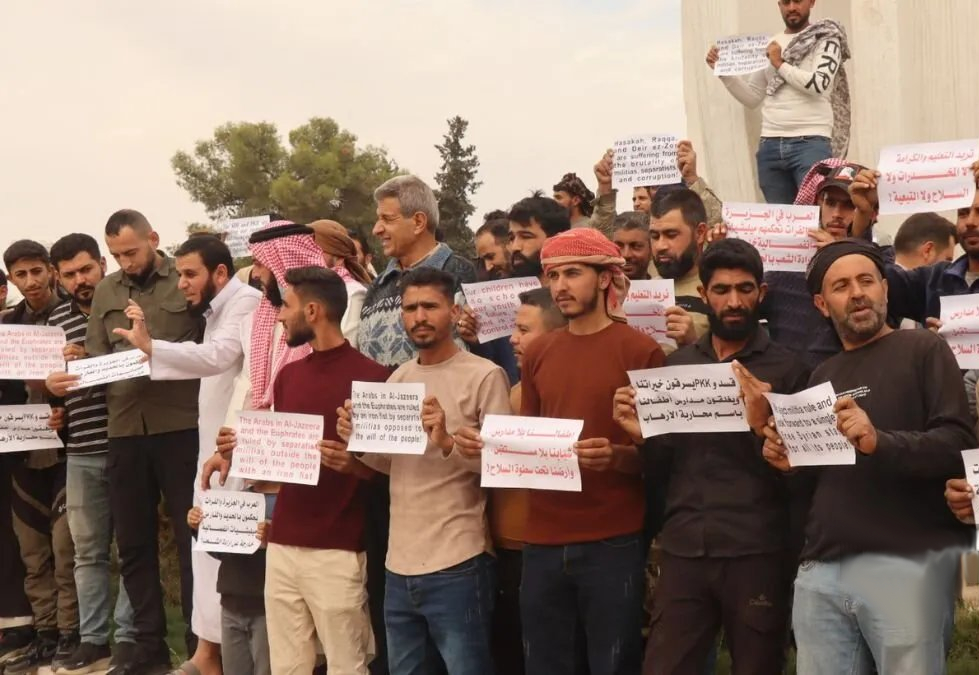
The Syrian Democratic Forces (SDF) hosted a Syrian government delegation in the city of Tabqa on October 20 to discuss tensions in Aleppo’s Sheikh Maqsoud and Ashrafieh neighborhoods. According to a statement from the SDF Media Center, the meeting aimed to “ensure the security and stability of civilians and avoid any escalation on the ground.” The SDF also released several detained government soldiers as a “goodwill gesture.”
The visit by a delegation led by Col. Muhammad Abdulghani, commander of Aleppo’s Internal Security Directorate, came as part of ongoing efforts to implement the March 10 agreement between Syrian President Ahmad al-Sharaa and SDF commander Mazloum Abdi. The agreement outlined steps for integrating the SDF into the Syrian army and merging the Asayish, its internal security forces, into the Ministry of Interior.
Despite developments, the situation on the ground remains volatile. Earlier in October, clashes erupted between the SDF and Syrian army units in Aleppo after the discovery of an SDF tunnel near government positions. Local outlets reported fighting left one dead and three wounded among Internal Security forces.
Promises of Integration Amid Persistent Abuses
While both sides reaffirmed their commitment to peaceful solutions, human rights concerns under SDF control continue to mount. In recent weeks, the SDF launched a wave of arrests in Raqqa and Deir Ezzor provinces, detaining civilians without charge. Local media, including Deir Ezzor 24 and Raqqa Post, reported that those detained included Yassir al-Abdullah, a civilian unaffiliated with any armed group.
Activists and local residents say these arrests reflect a broader pattern of repression, particularly against those accused of supporting the Syrian government or refusing to join SDF’s military. The Autonomous Administration (AANES), which governs areas under SDF control, has pledged reforms and raised the revolutionary flag in official institutions, yet continues to detain individuals for displaying Syrian national symbols or posting pro-government content online.
Displaced Syrians Demand Action
Frustration with the slow pace of change was evident during a protest on Oct. 24 in Ras al-Ain, where displaced residents from Hasakah, Raqqa and Deir Ezzor demanded their right to return home under the March 10 agreement. Protest organizer Abdullah al-Salem told local outlets that “continued SDF procrastination” in implementing the deal “shows disregard for the rights of the people.”
Participants accused the SDF of blocking returns, enforcing conscription, and committing arbitrary arrests. Sultan al-Obeidi, a displaced man from Deir Ezzor, said his brother was arrested three months ago after returning home under the agreement. “They charged him with terrorism, but he was just trying to rebuild his life,” he said.
Progress Overshadowed by Distrust
Although dialogue between Damascus and the SDF has increased, with repeated meetings and symbolic gestures of cooperation, tensions persist. The Syrian Defense Ministry has reaffirmed its commitment to the March 10 agreement, but field-level incidents and ongoing human rights violations suggest that reconciliation remains fragile.
As displaced Syrians continue to protest and local reports highlight arbitrary detentions, skepticism about the SDF’s commitment to reform deepens. For many in the areas it governs, the promise of integration and peace remains overshadowed by fear, repression, and unfulfilled guarantees.

